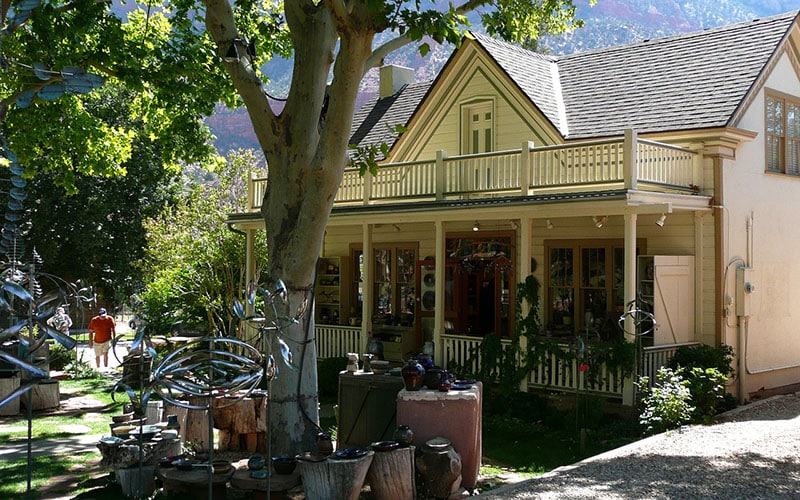No matter where you live, mold is a potential problem. Even dry states like Utah are not immune from its effects.
Mold’s tendency to weaken and break down its host material eventually leads to lasting damage. With enough time, a well-fed mold can eat through the entire foundation of a house. Structural weaknesses could eventually threaten the integrity of your home. And this is to say nothing of the health problems that can result from unchecked mold.
With such a hazardous threat, it pays to keep all mold in check and take steps to remove it from your property as soon as possible. But how much of the mold removal process is covered by insurance?
What Insurance Covers
Each policy from every company will vary. The best place to begin is to read your policy thoroughly and determine precisely what kinds of mold are covered.
Generally speaking, many policies will not cover every occurrence of mold. But most policies will outline the types of molds that they will cover.
For example, if mold forms quickly, covering a large area over a short period, you could have serious damage on your hands. In this case, some policies will cover the mold removal and damage restoration up to a certain dollar amount.
Another scenario where your insurance company may cover mold is when it’s classified among your policy’s covered perils. A peril, in policy terms, is a hazard or event that may cause damage to your property. This can include things such as:
- Theft or vandalism from and to the property or contents
- Fire or smoke damage
- Lightning strikes
- Explosions
- Damage caused by vehicles, aircraft, civil disturbances, or rioting
- Natural occurrences like windstorms, hail, floods, tornadoes, or hurricanes
If the mold results from one of these perils (such as flooding resulting from a natural occurrence), your policy may cover its removal.
Additionally, some insurance companies will also allow you to add endorsements to your policy. You can inquire about a mold-specific endorsement that covers up to a specific value of damage per claim.
Make Sure to Go Over Your Policy
To ensure you know what is covered, make sure you read over your policy. Look for any aspects of your policy that can be interpreted to include mold damage and removal. Call for clarification if the wording is unclear.
It’s also worth mentioning that mold removal can be costly—thousands of dollars in some cases. If you find mold embedded deeper into the structure of your home, costs will rise.
Widespread structural damage can reach as high as $30,000 if a professional removes mold from crawl spaces, walls, and attics. Common insurance policies cover up to $10,000 in mold removal.
What Insurance does not cover
Mold generally forms slowly, meaning there’s a good chance that a homeowner will identify and remove it before it becomes a problem. This means insurance companies can assign any large infestations to negligence on the part of the homeowner.
Most insurers will include clauses in their policy that exempt them from covering contamination from mold. Some common causes that aren’t usually covered include:
- Water intrusion – different from flooding. If your home is near any large body of water, it may ebb and flow closer to your property. If this happens, it may carry mold spores with it. If the insurance company deems it as avoidable, it won’t be covered.
- Long-term leakage – if mold is caused by a leak, damage, or wear-and-tear, the homeowner is expected to deal with it. That said, the insurer may agree to provide coverage if you report the issue during the initial stages of mold growth.
- Poor repairs of deferred maintenance – most policies won’t cover damage caused by sub-par repair work. The same is true when it comes to mold damage. If better efforts could have been made to repair any damage beforehand, then the onus falls on the homeowner.
Remember, if your insurance policy covers mold, you will need to report infestations within a certain period.
There you have it – an overview of the scenarios where your insurance company may cover mold removal.
As a recap, in situations where the homeowner can take simple steps to prevent it, insurance companies will often choose not to offer any benefits for mold removal. If you live in a humid area, susceptible to mold, you’re expected to use tools such as dehumidifiers regularly. Properly sealed windows and piping are a must, so you may not see any payout in cases where these have been neglected.
It is also possible that your insurance policy won’t cover mold at all. Some policies in states that suffer regular water-based natural disasters may not include mold or water damage. In these cases, you may be expected to take out separate flood damage or similar policies. It is vital you know precisely what your policy will cover if you have concerns that mold may be a problem in your home.
But whether your insurance provider covers mold or not, you’ll need to remove it to prevent further damage to your home. The most effective way to address mold is to contact a professional mold removal company. The Disaster Company offers Utah mold restoration services, making it easy for you to get rid of nasty fungi quickly. Contact us today to learn more about our mold removal procedures.

